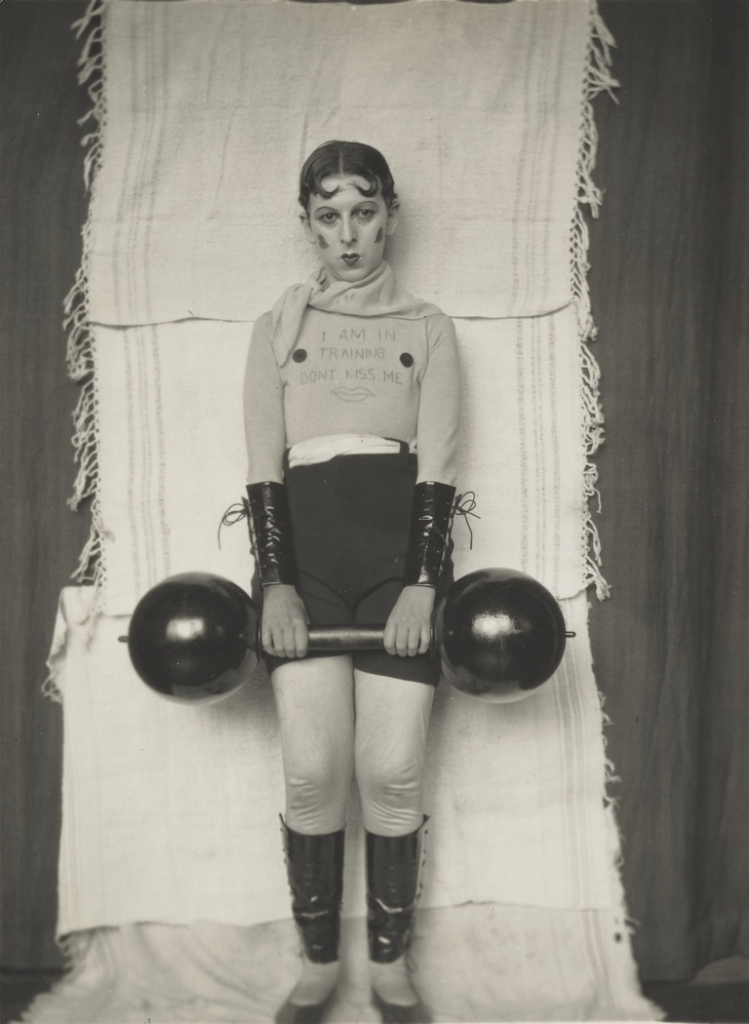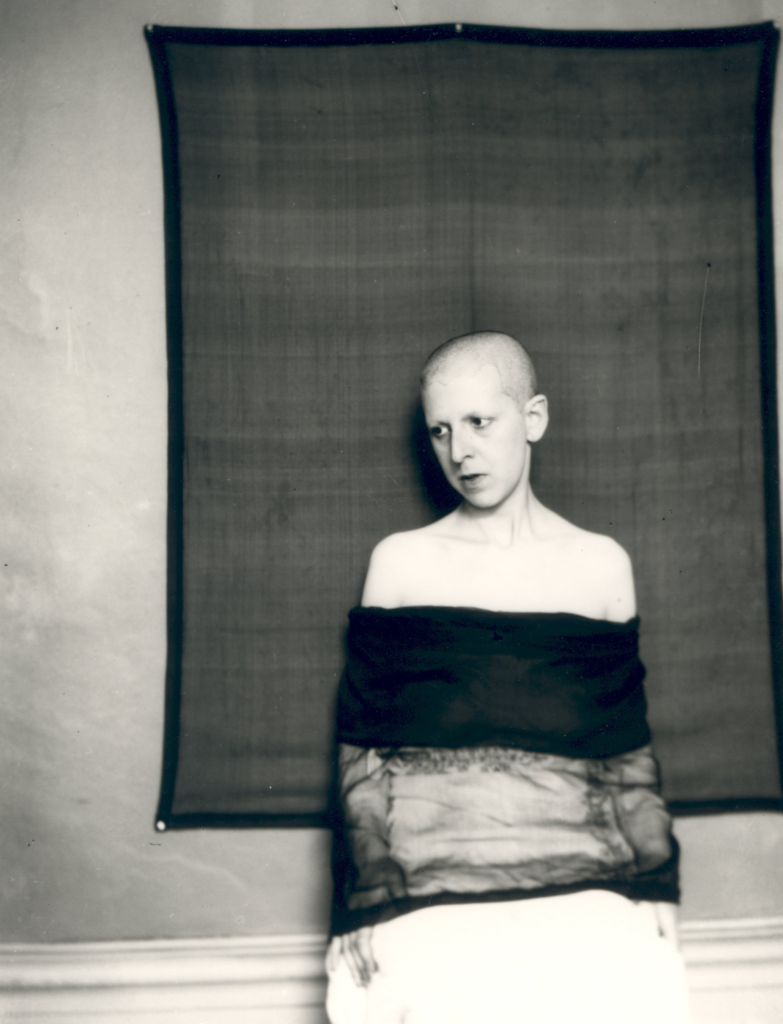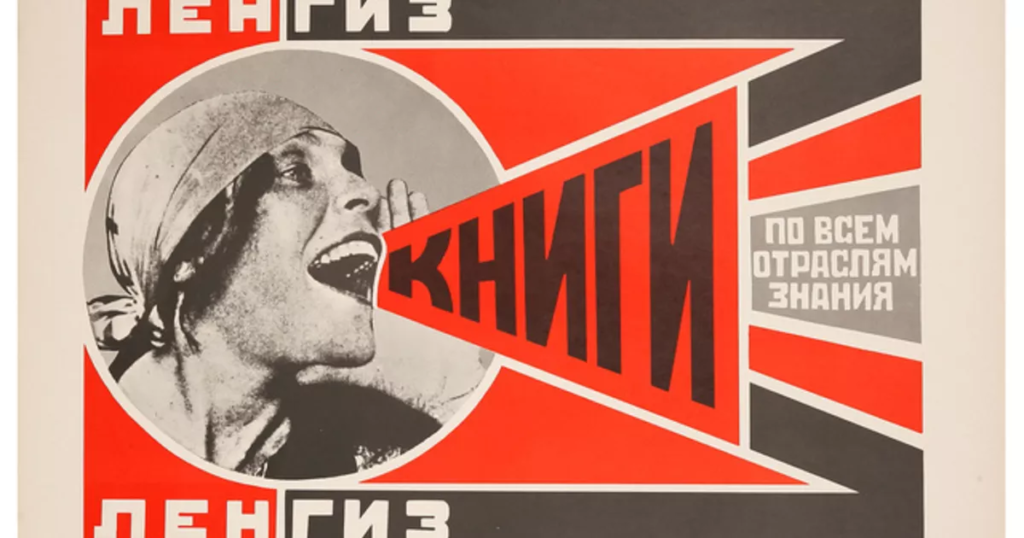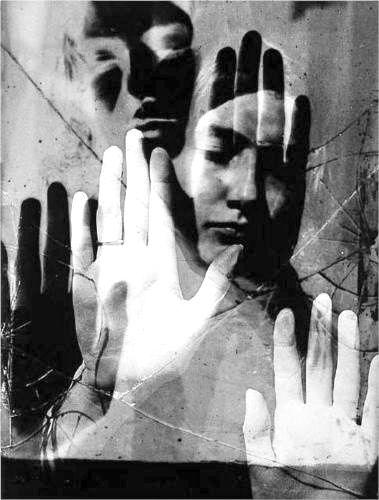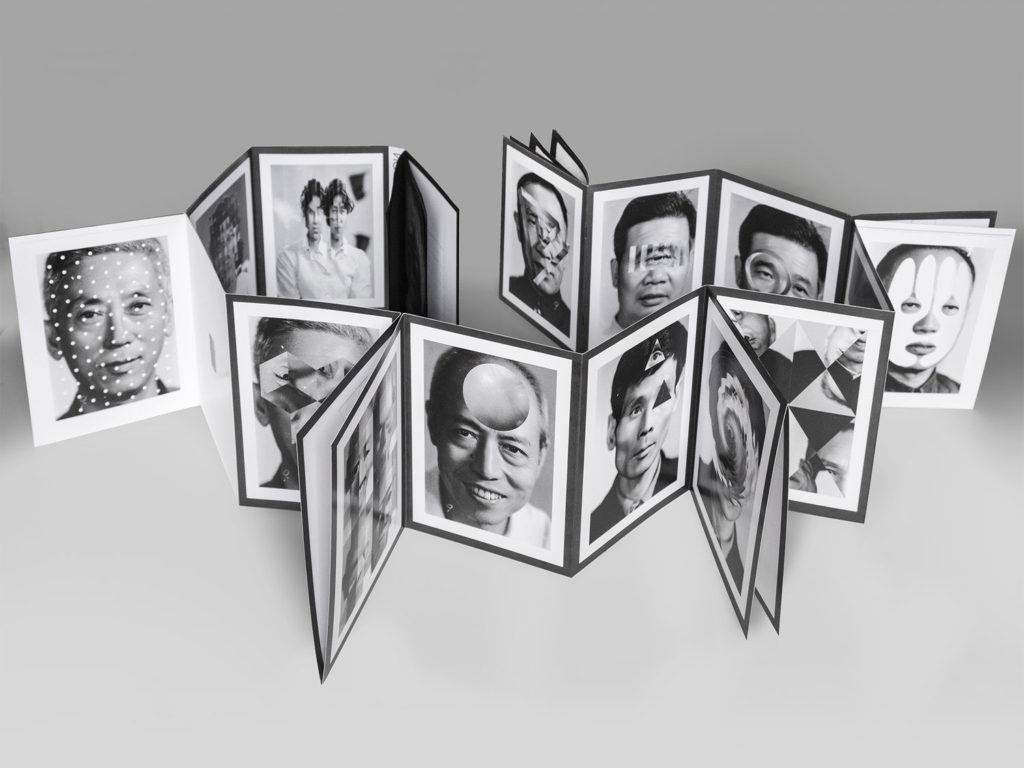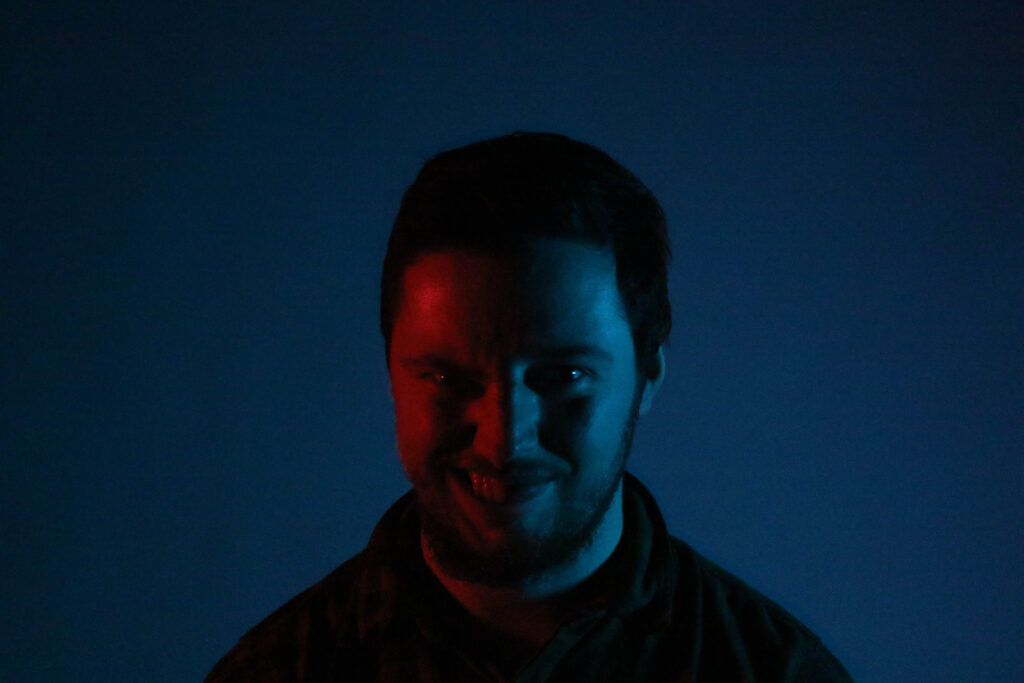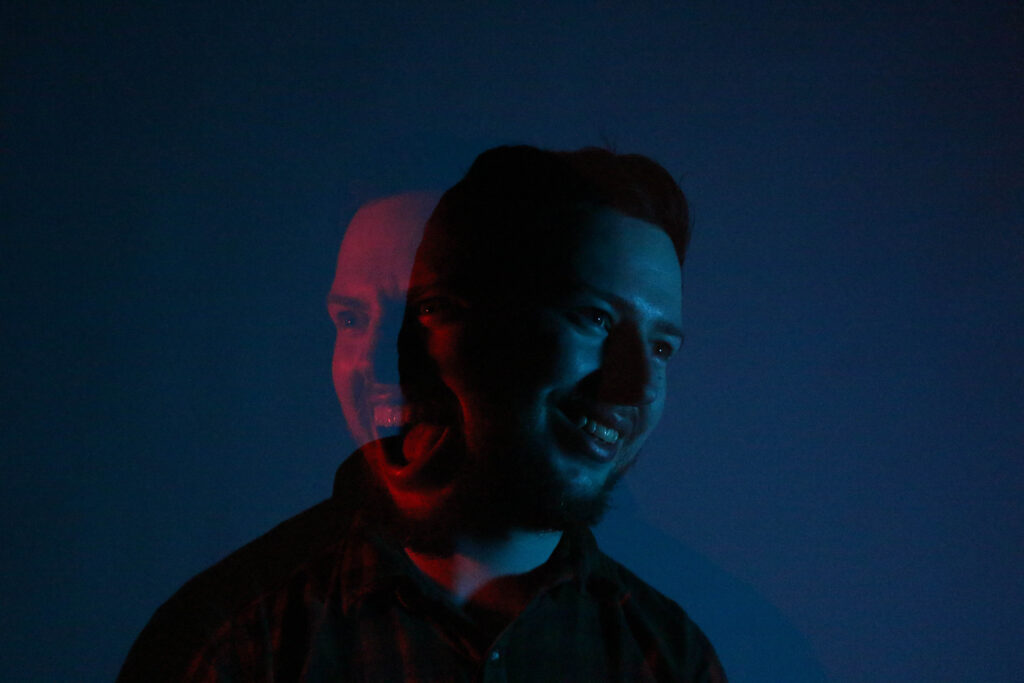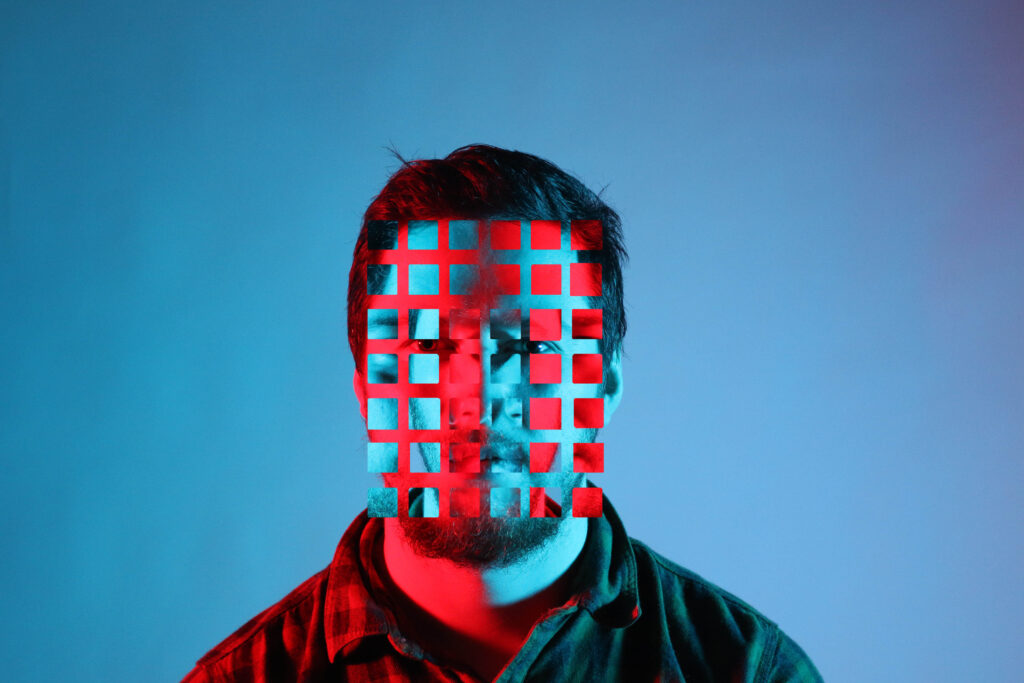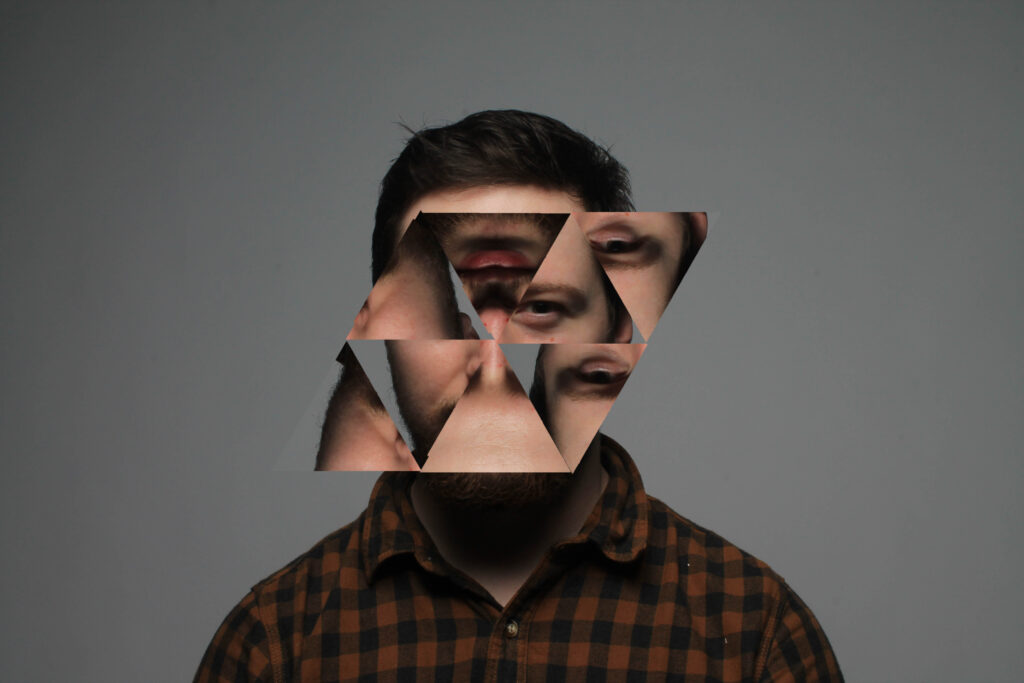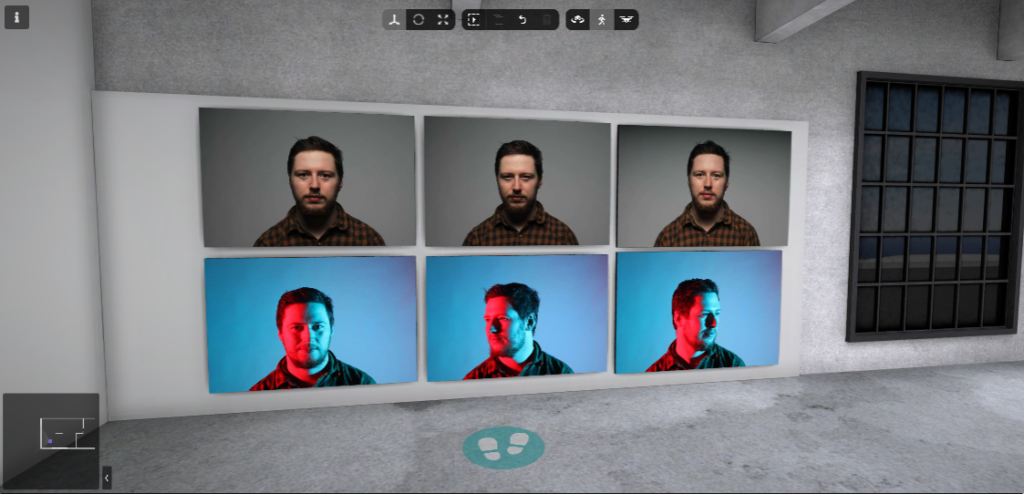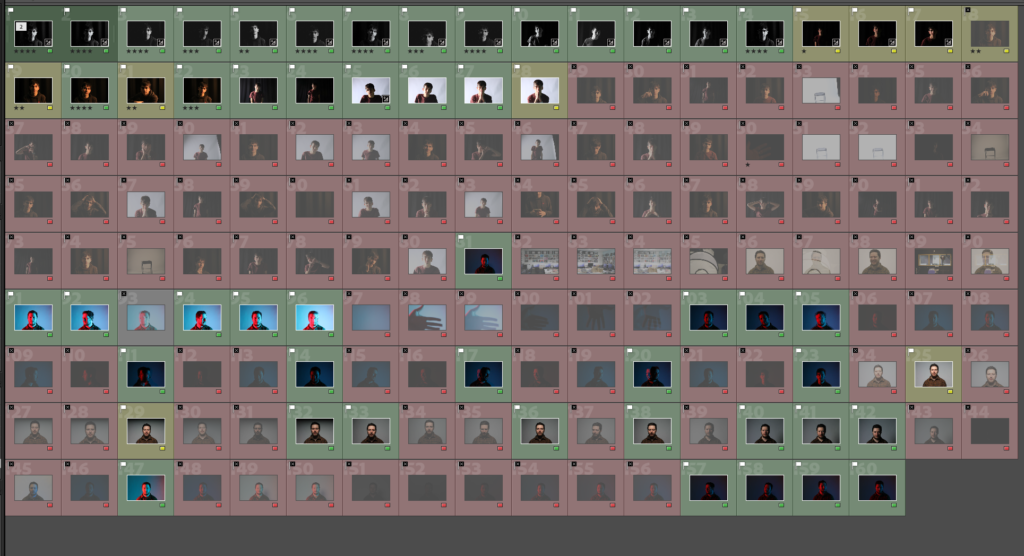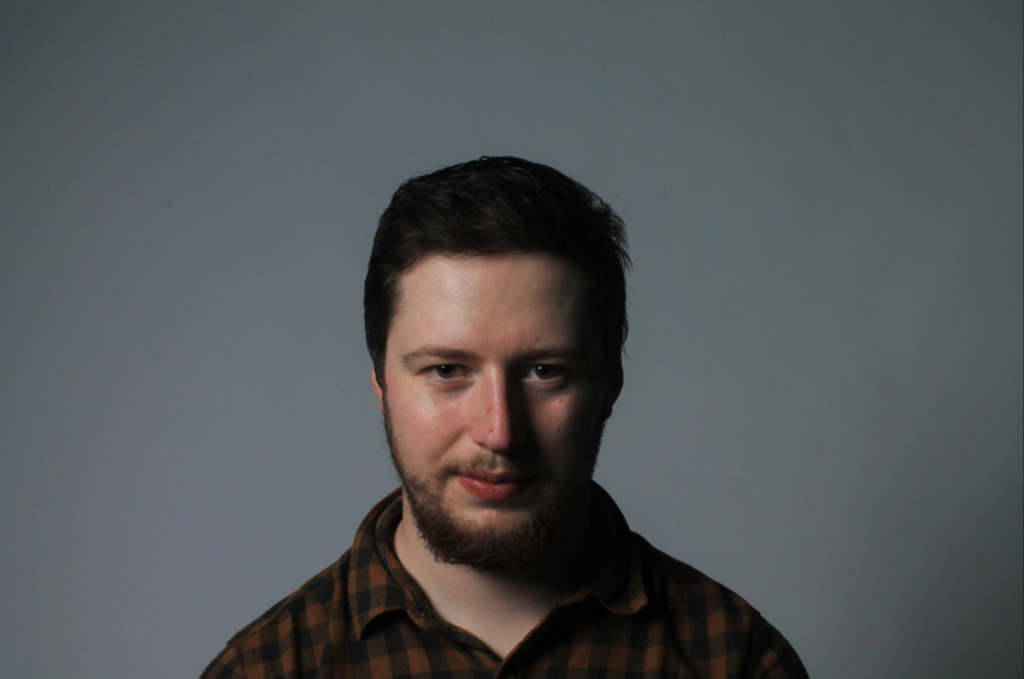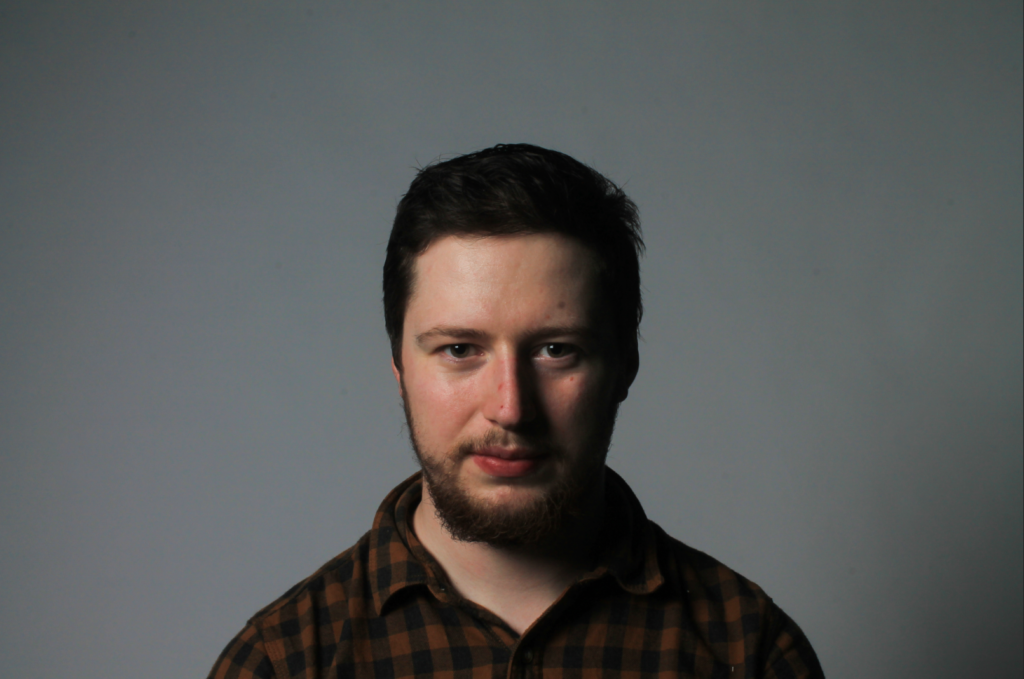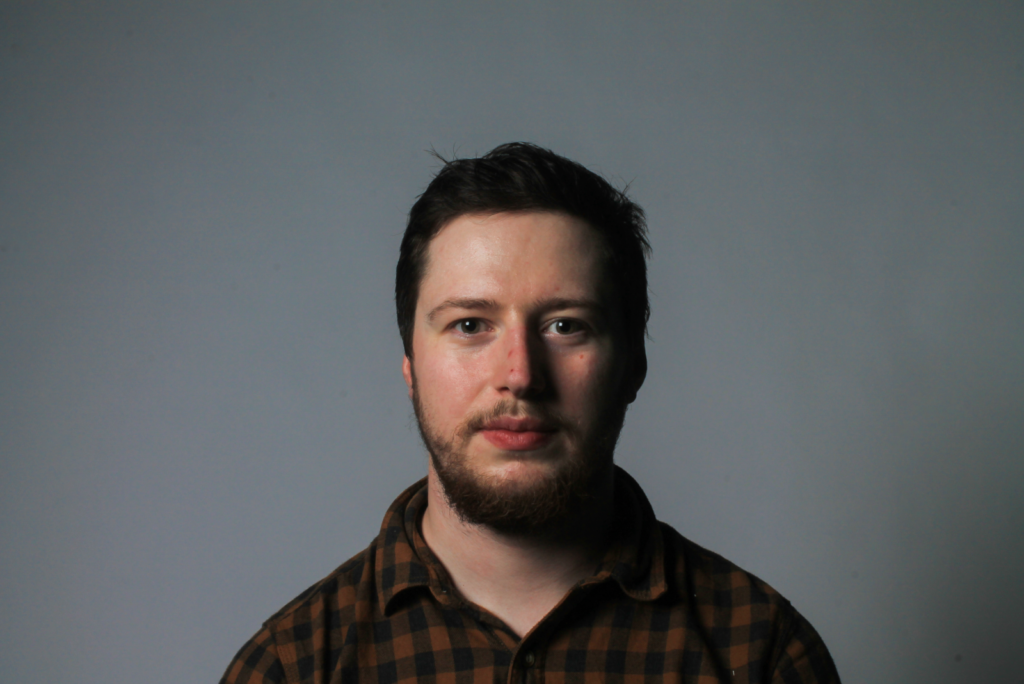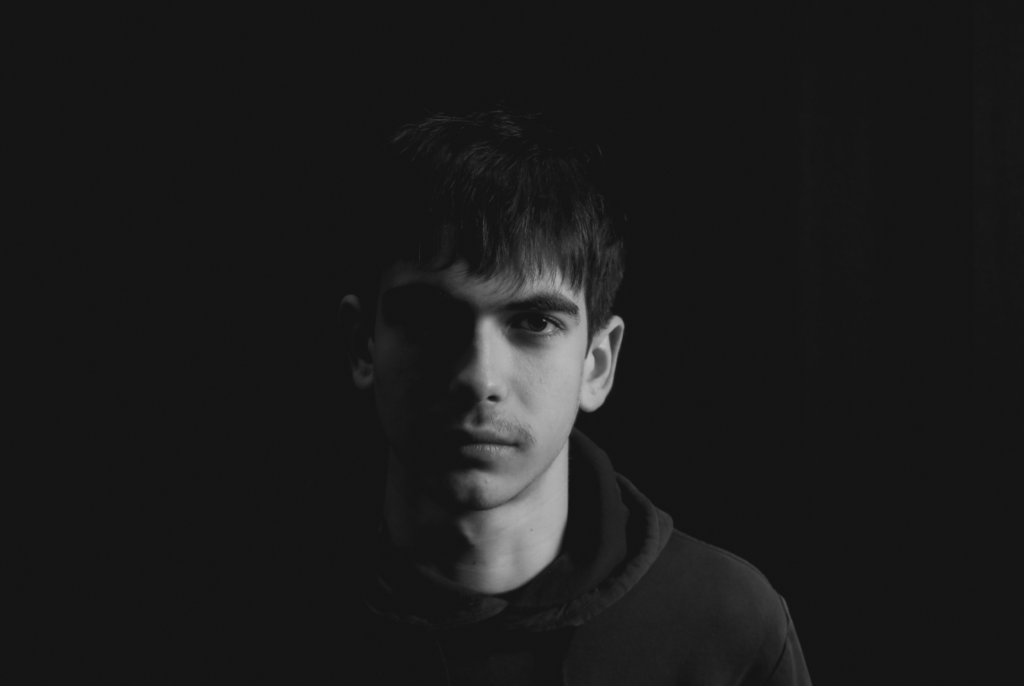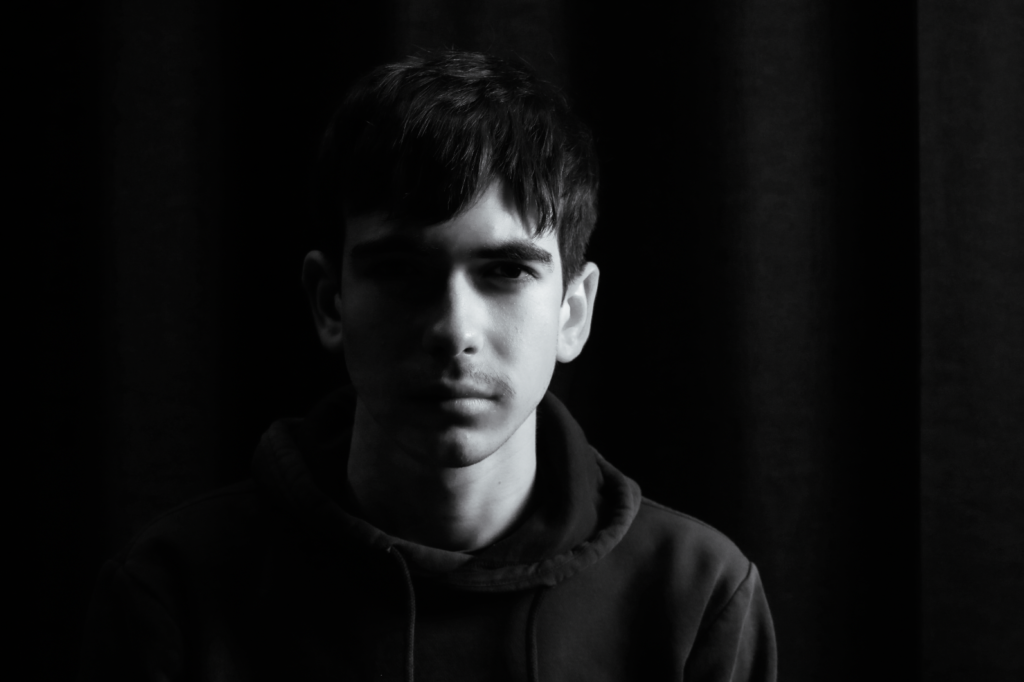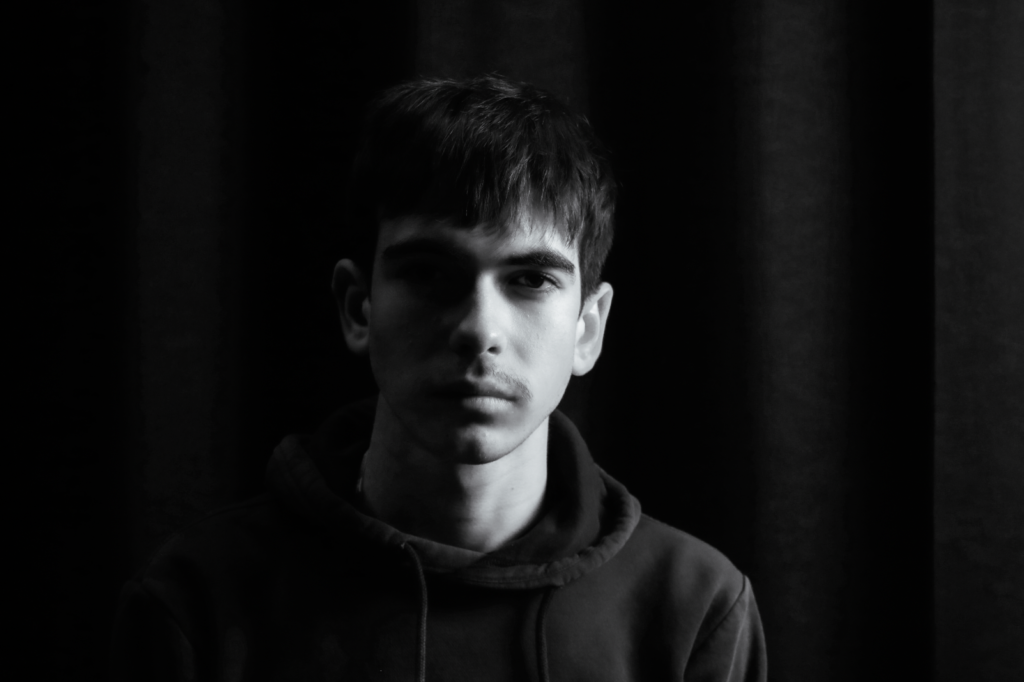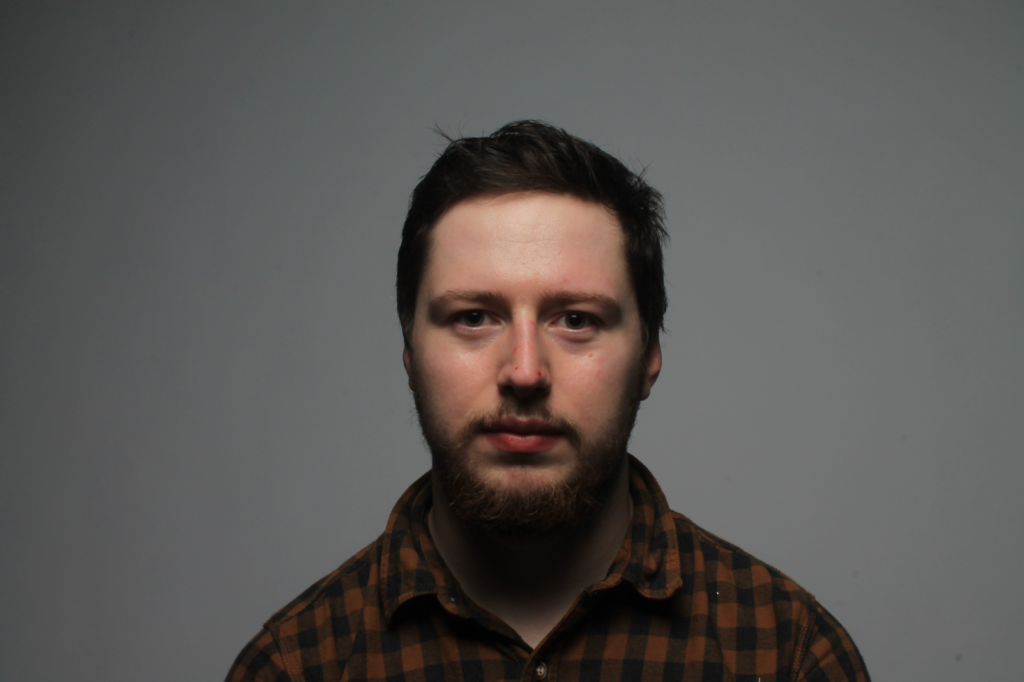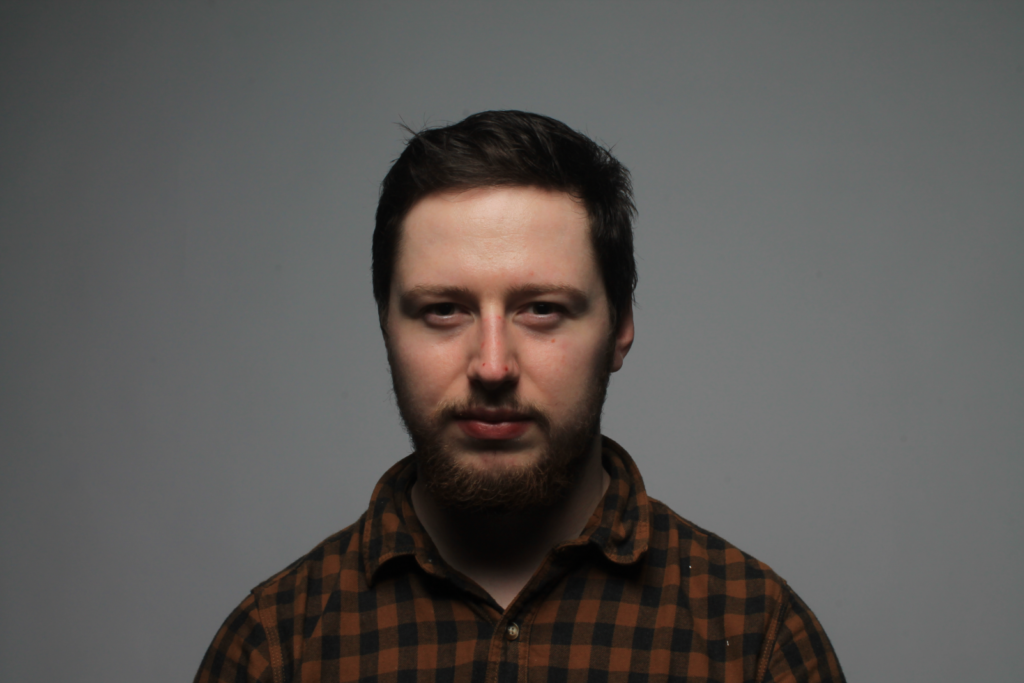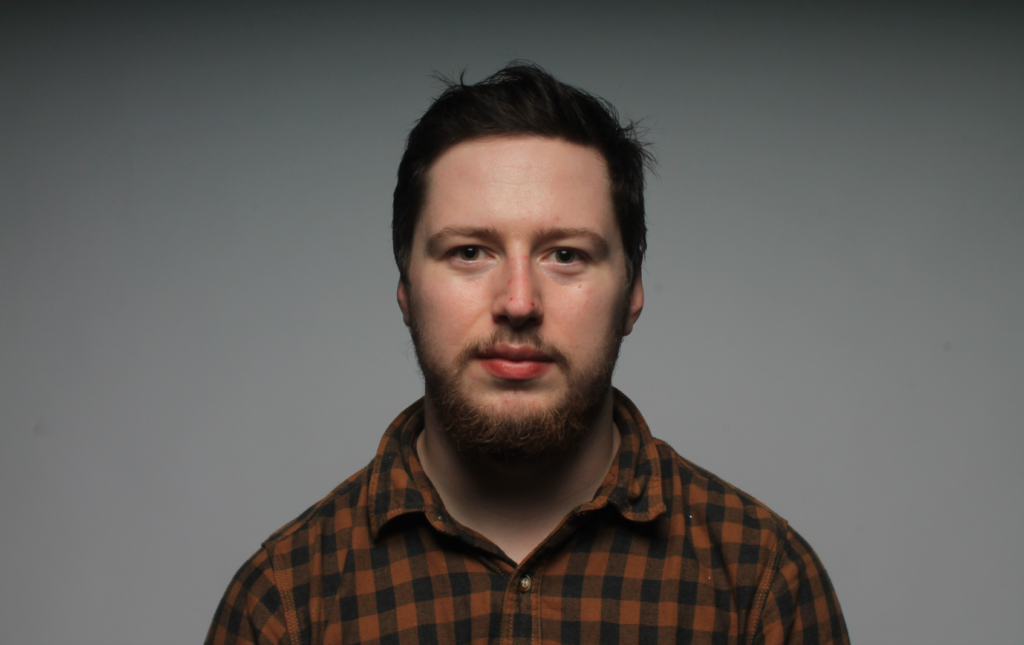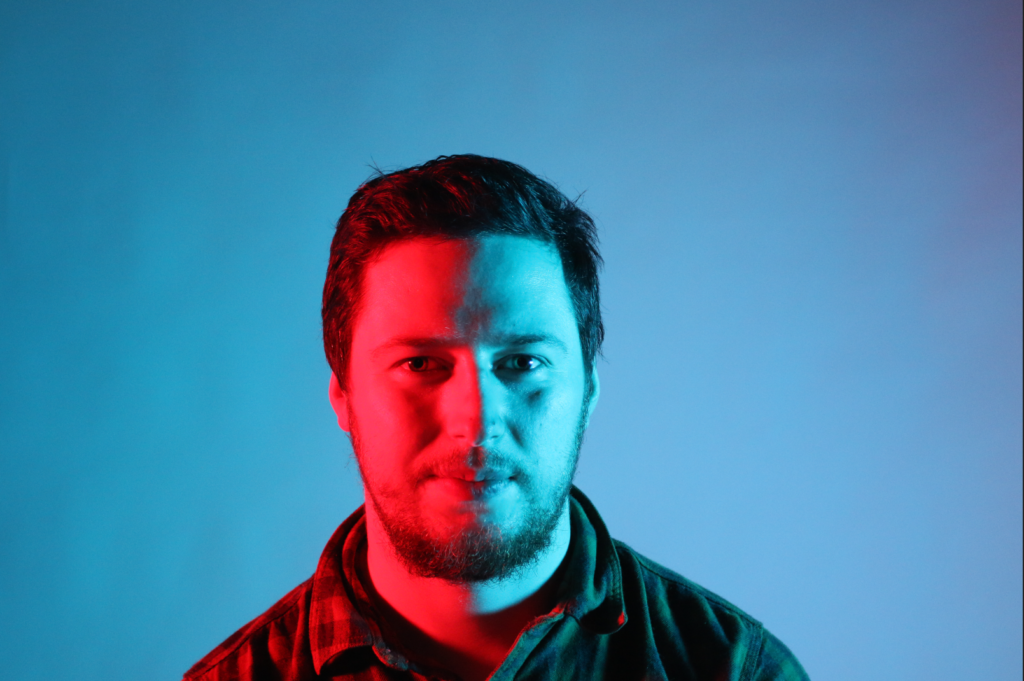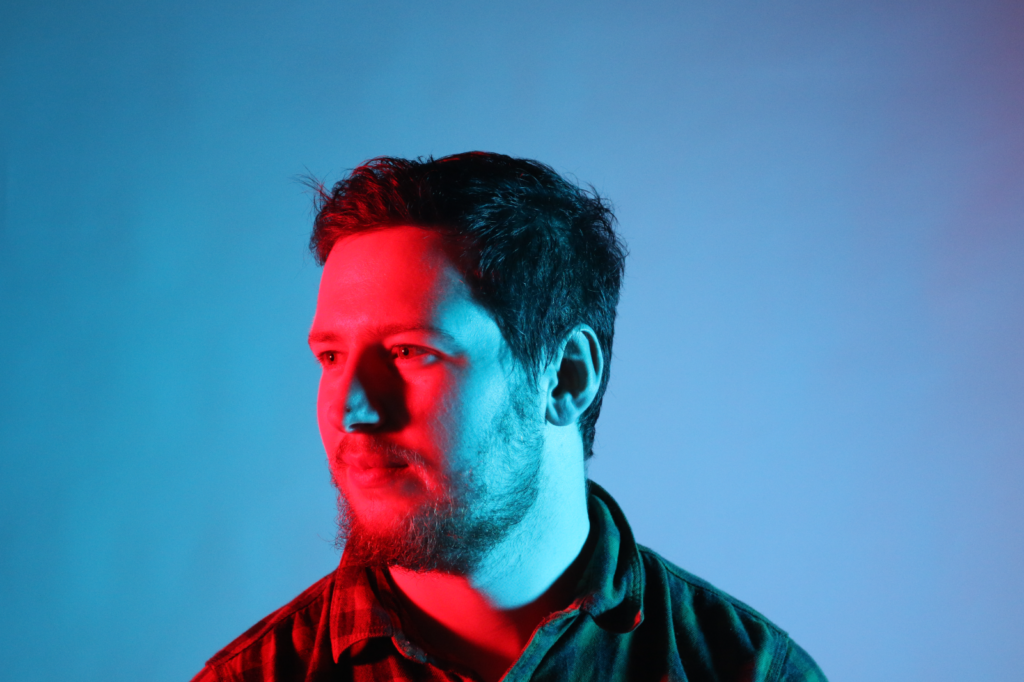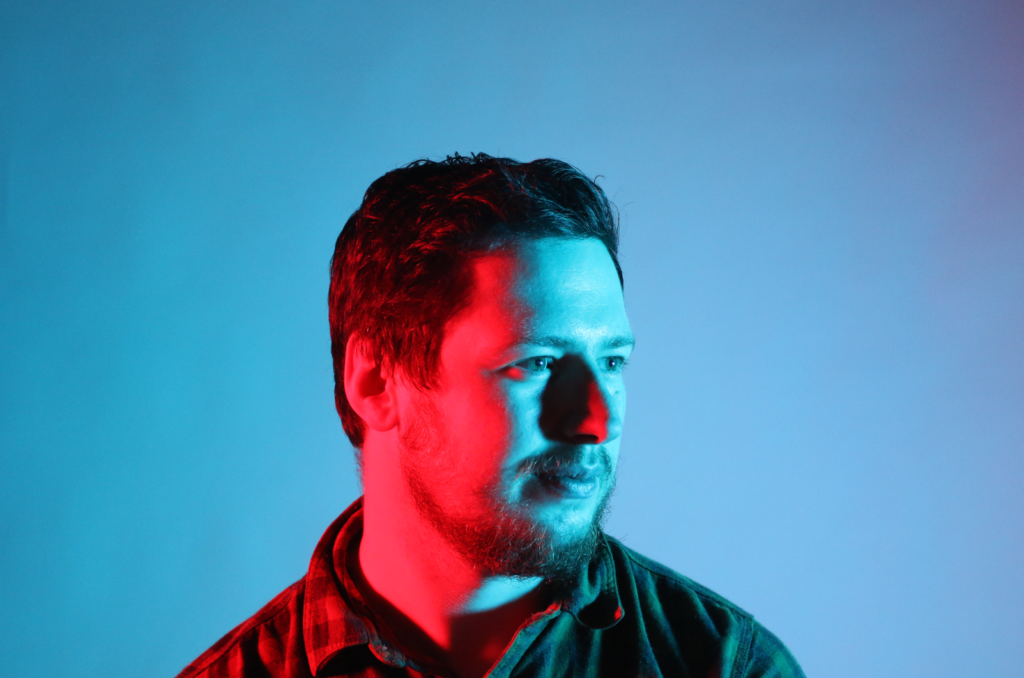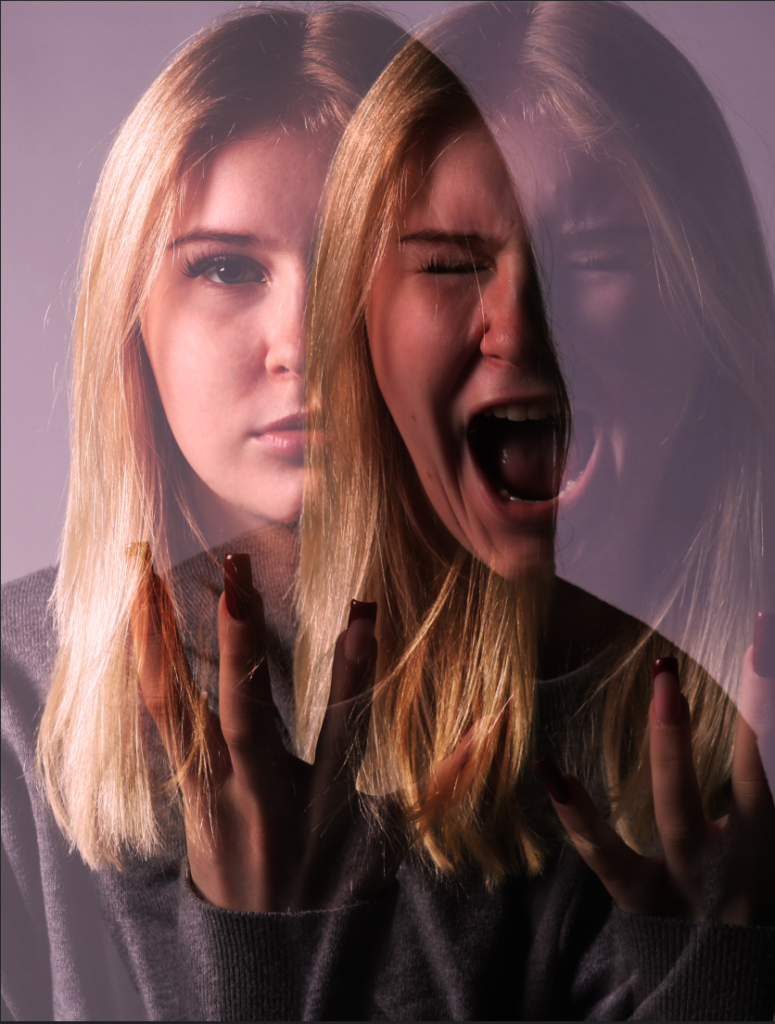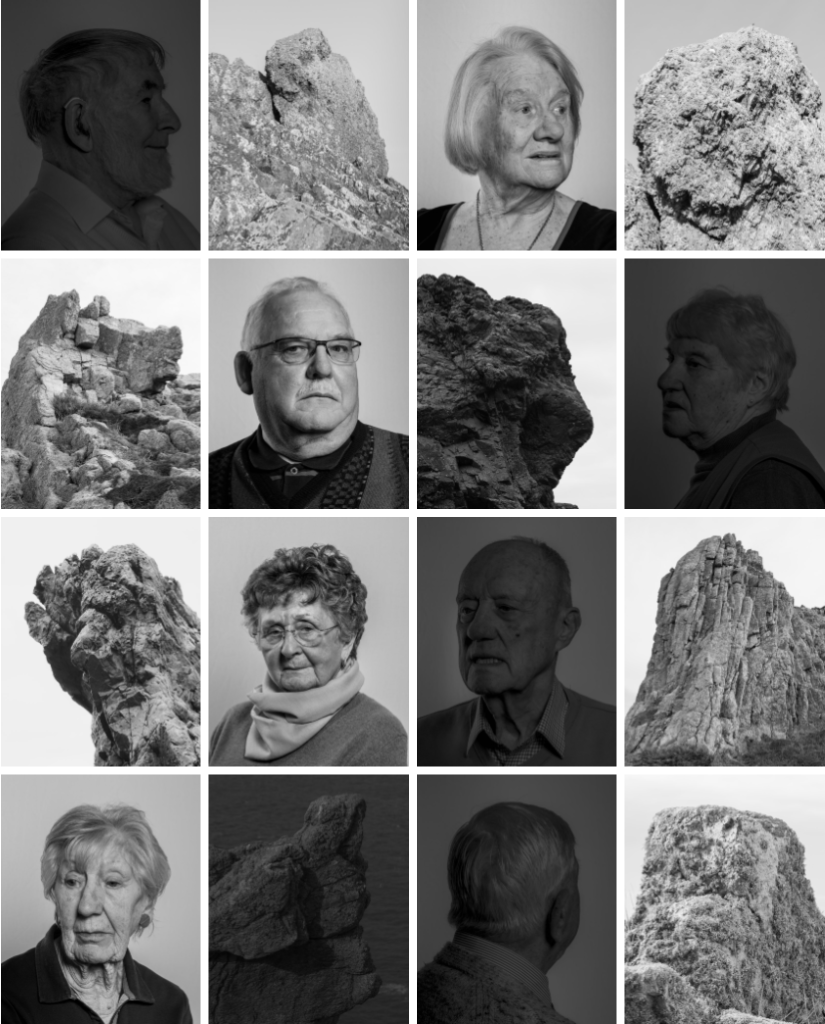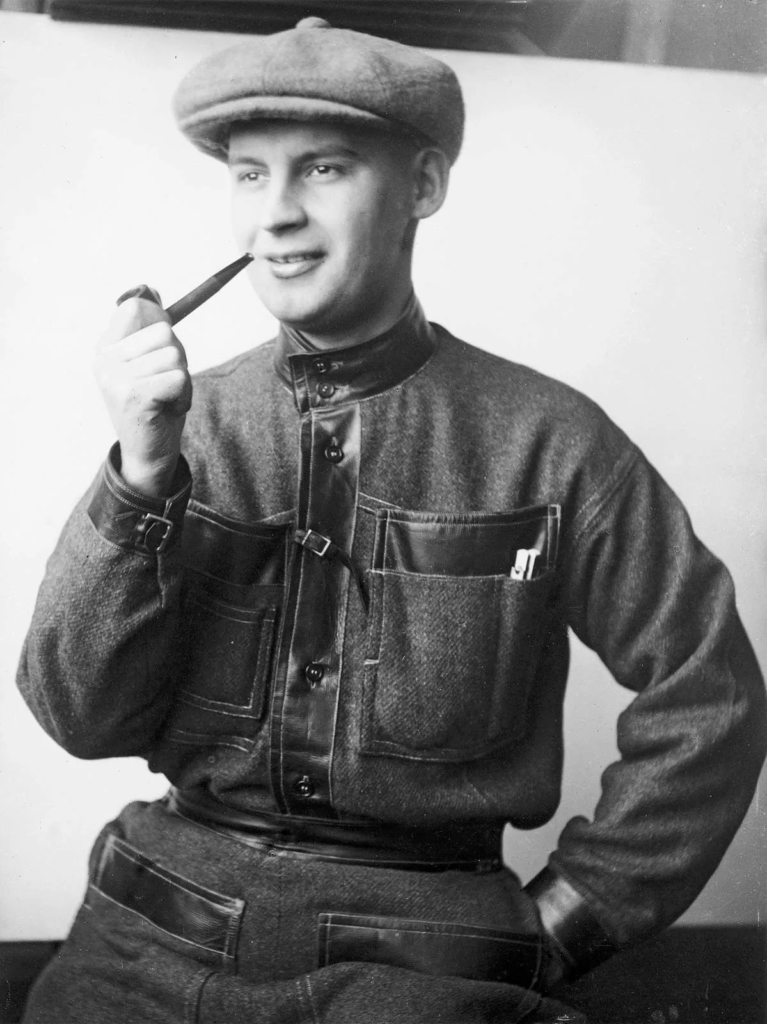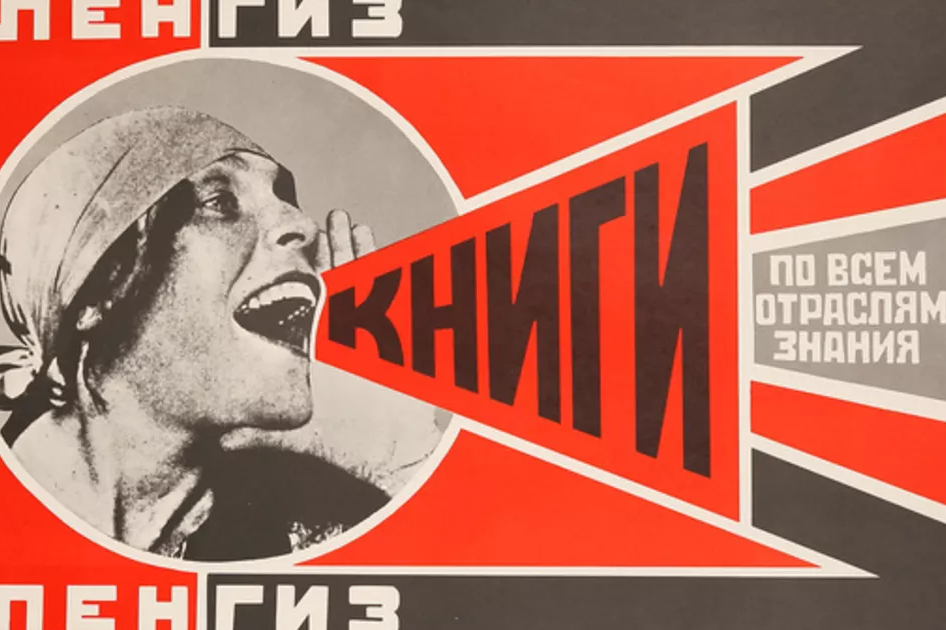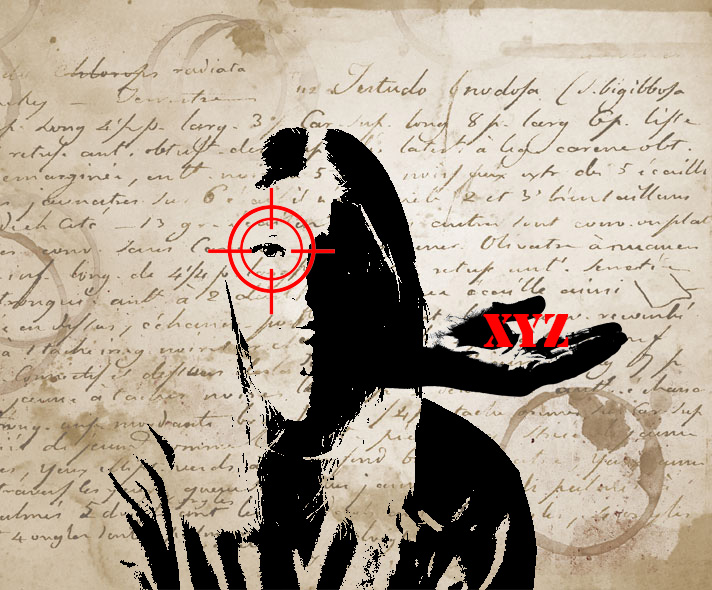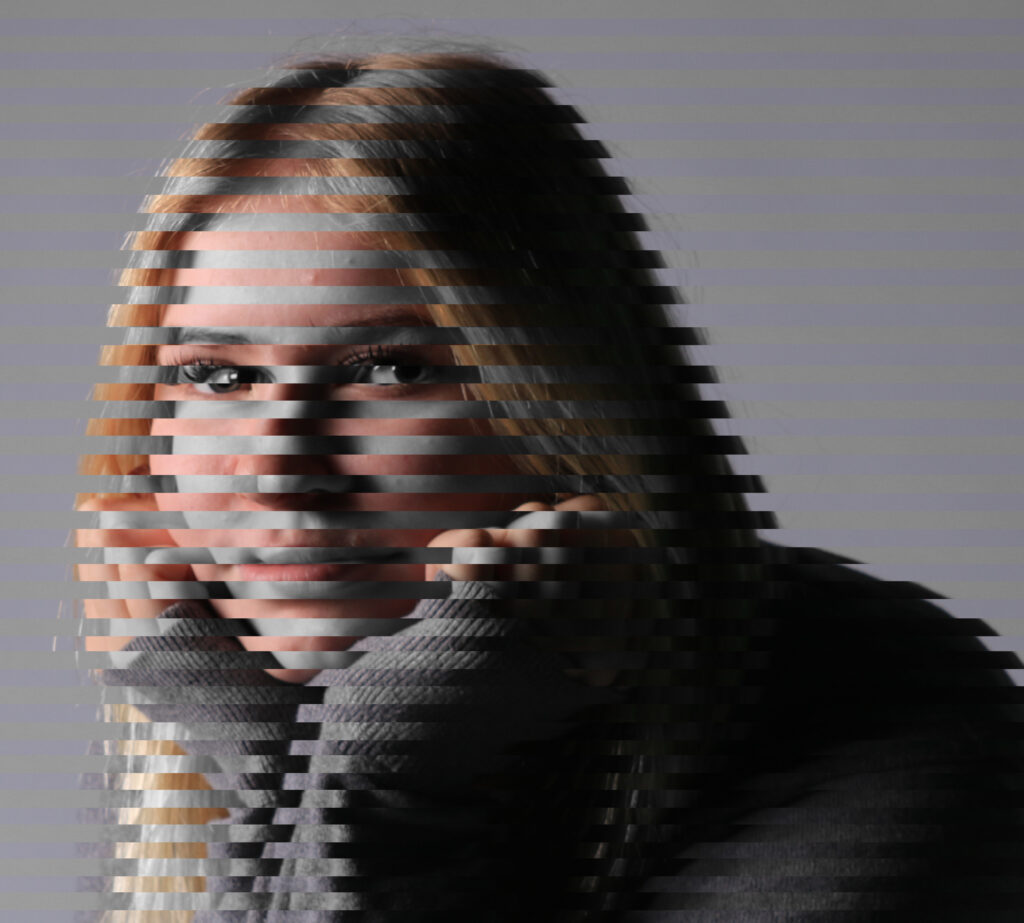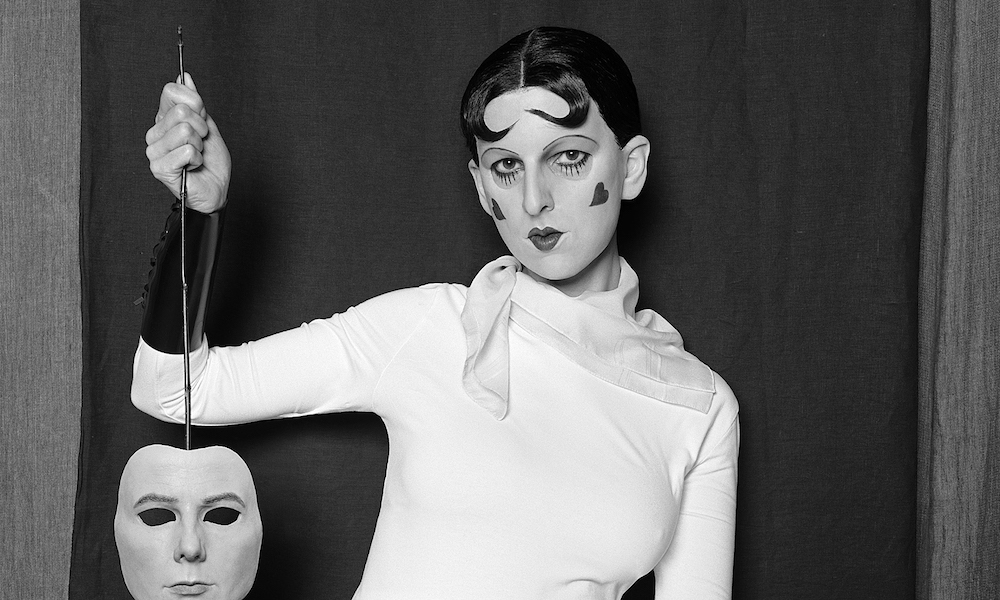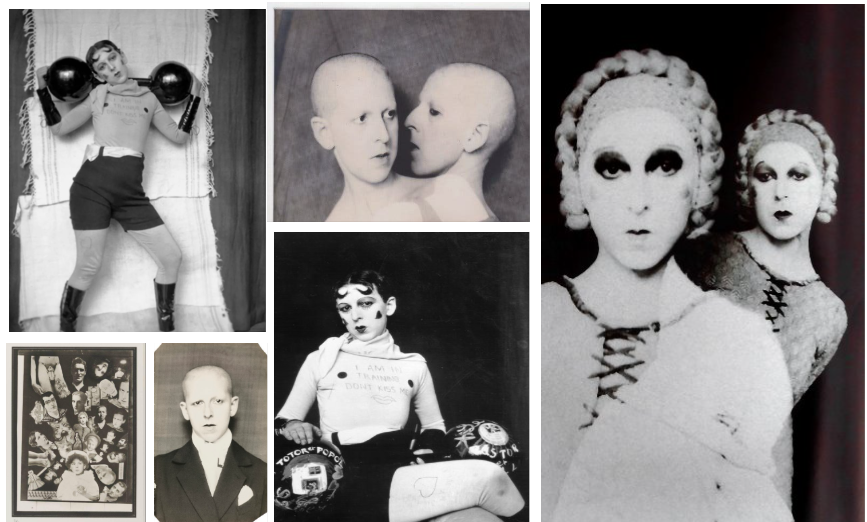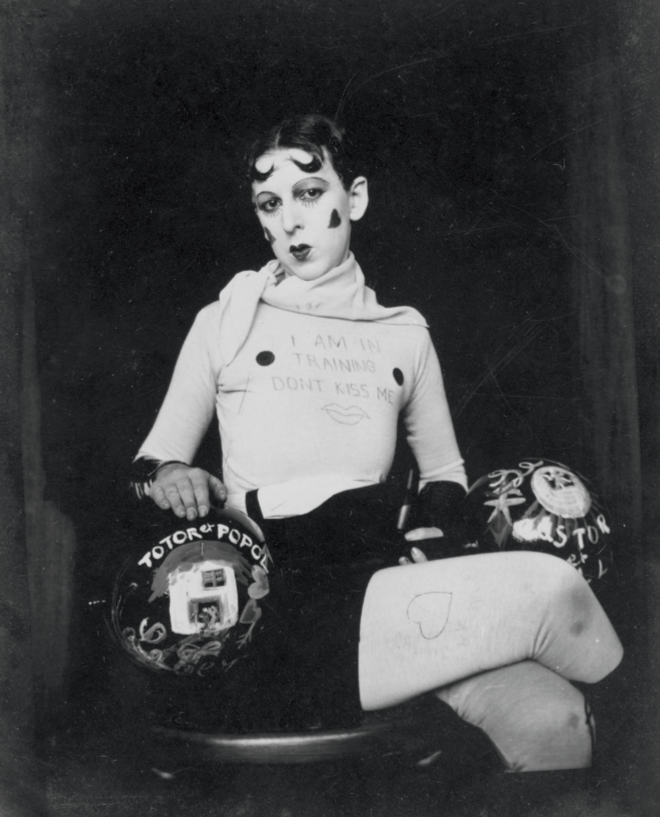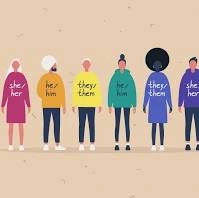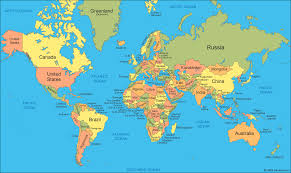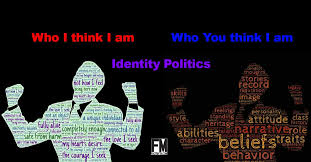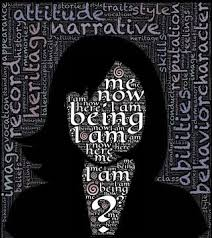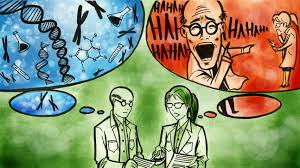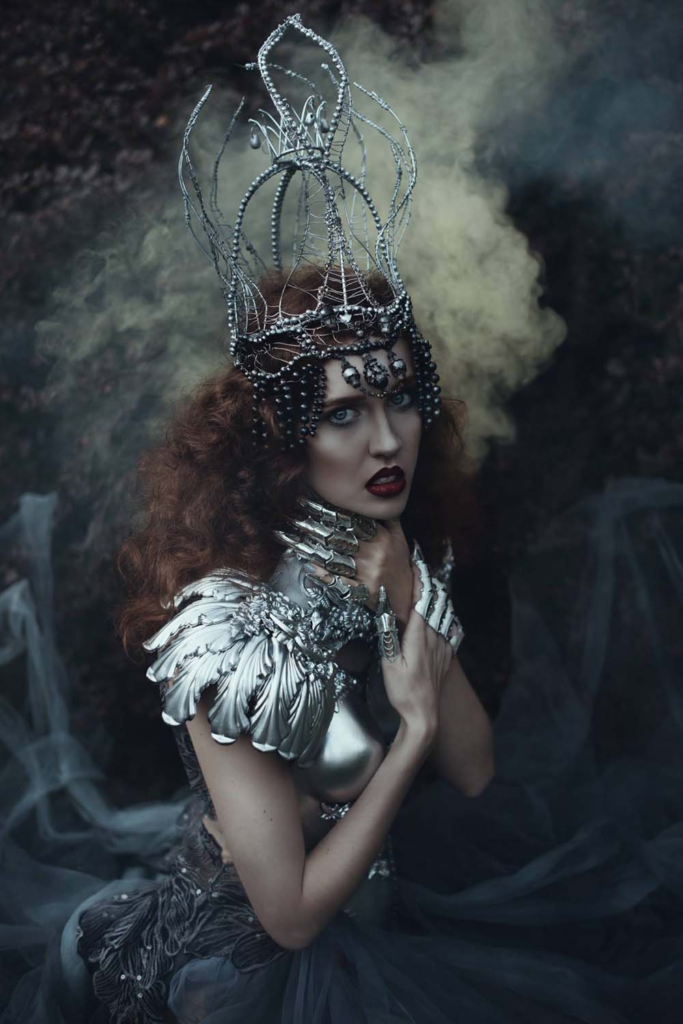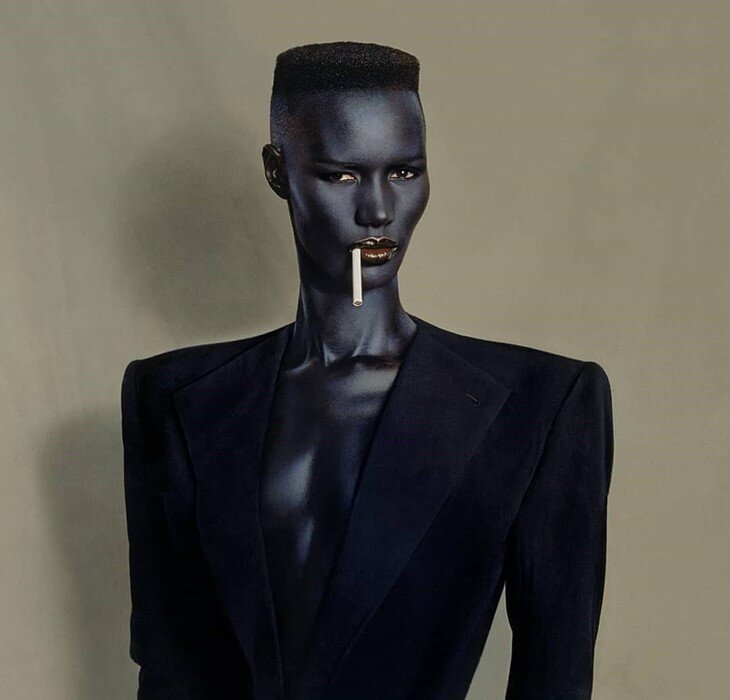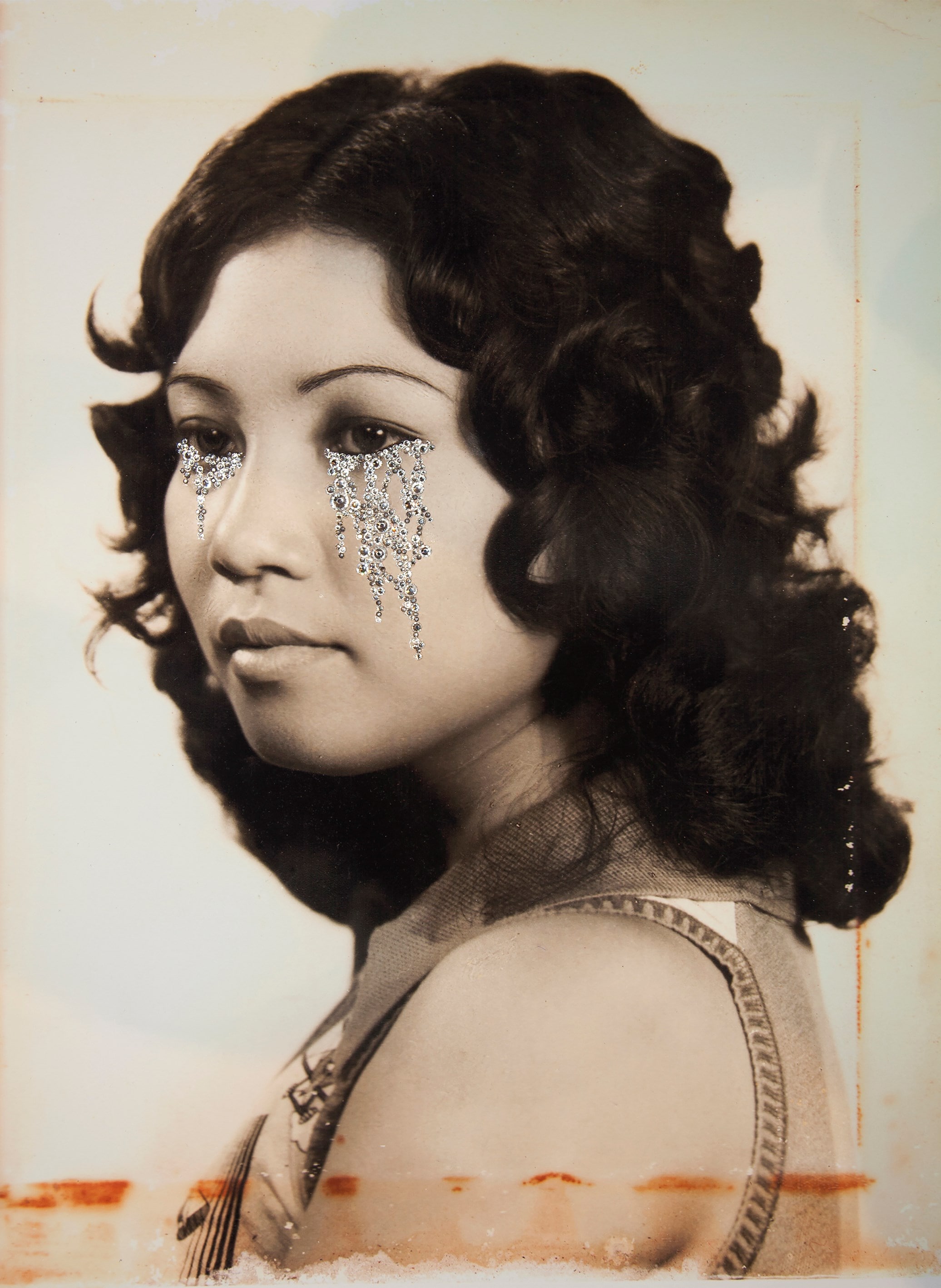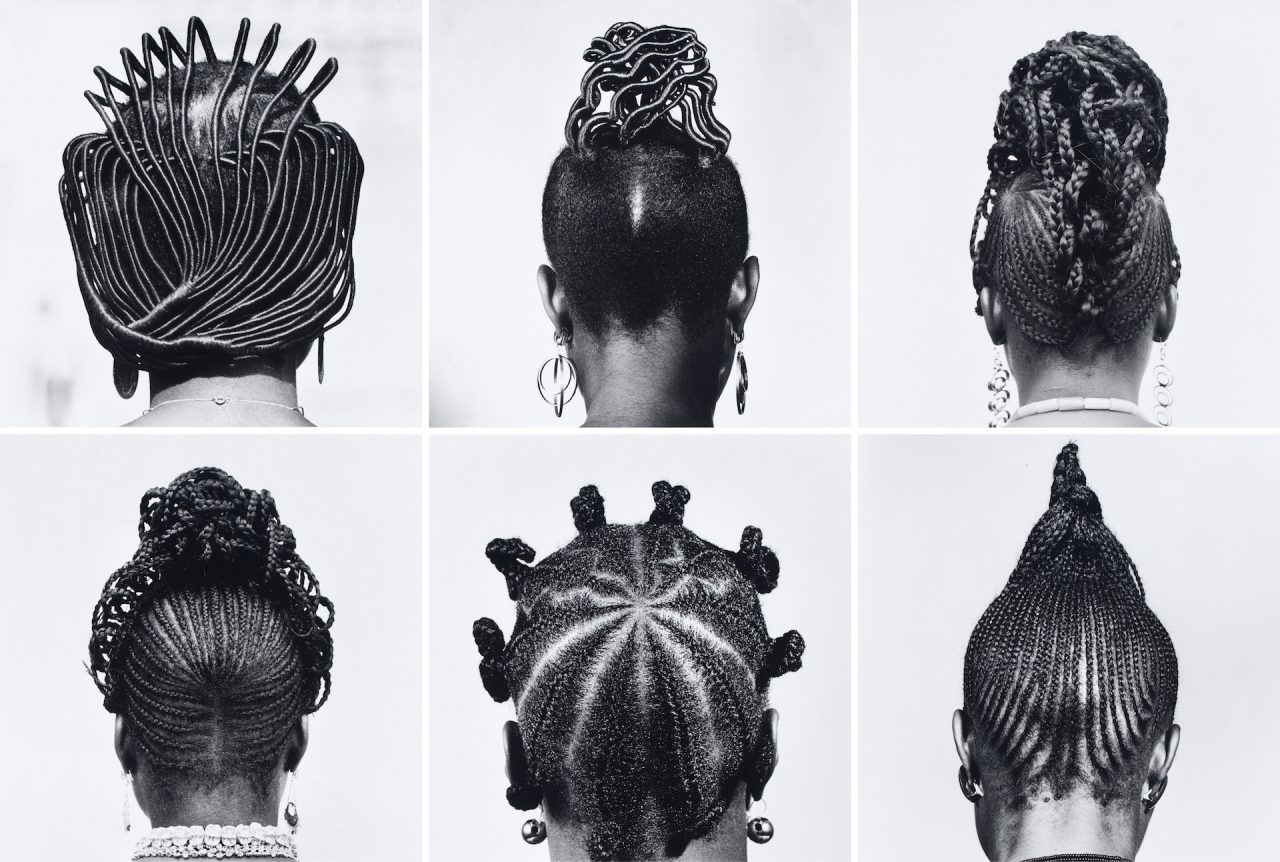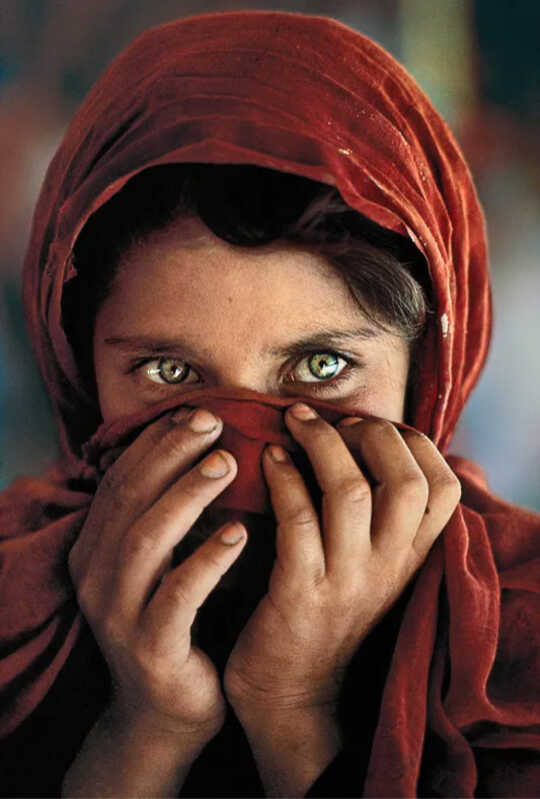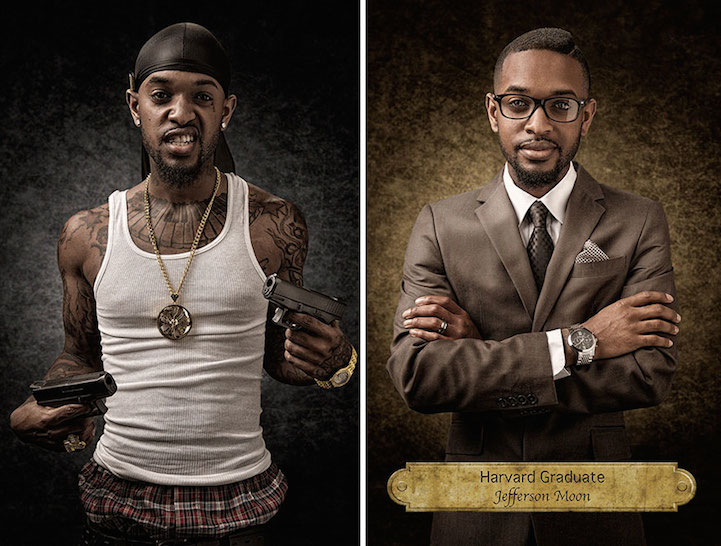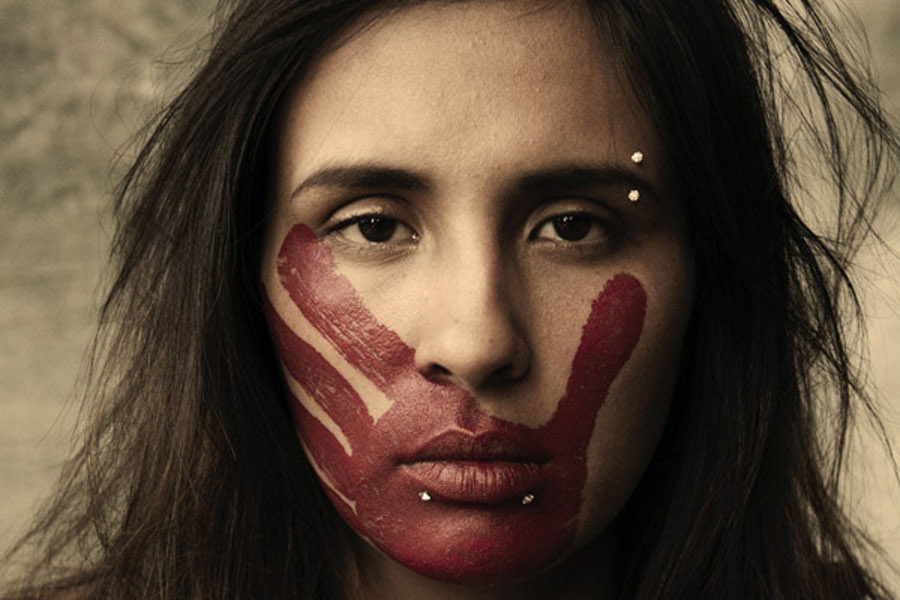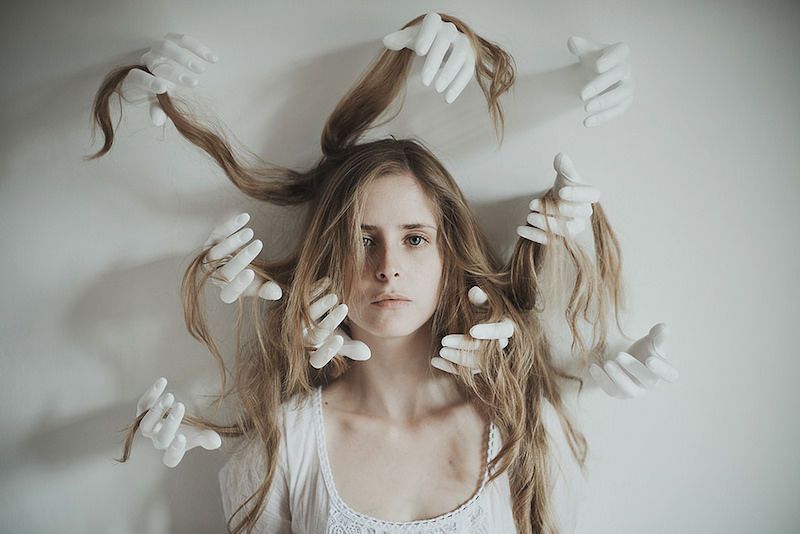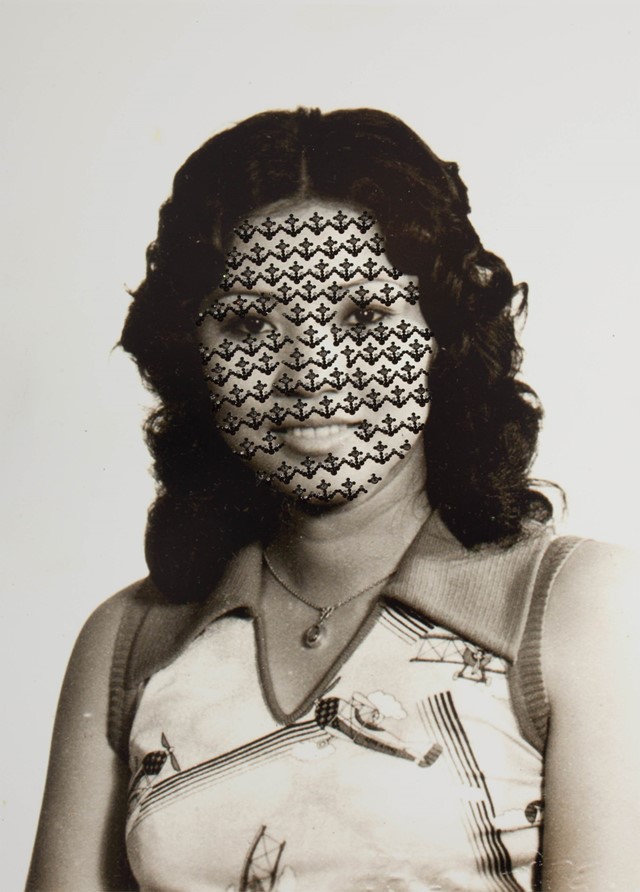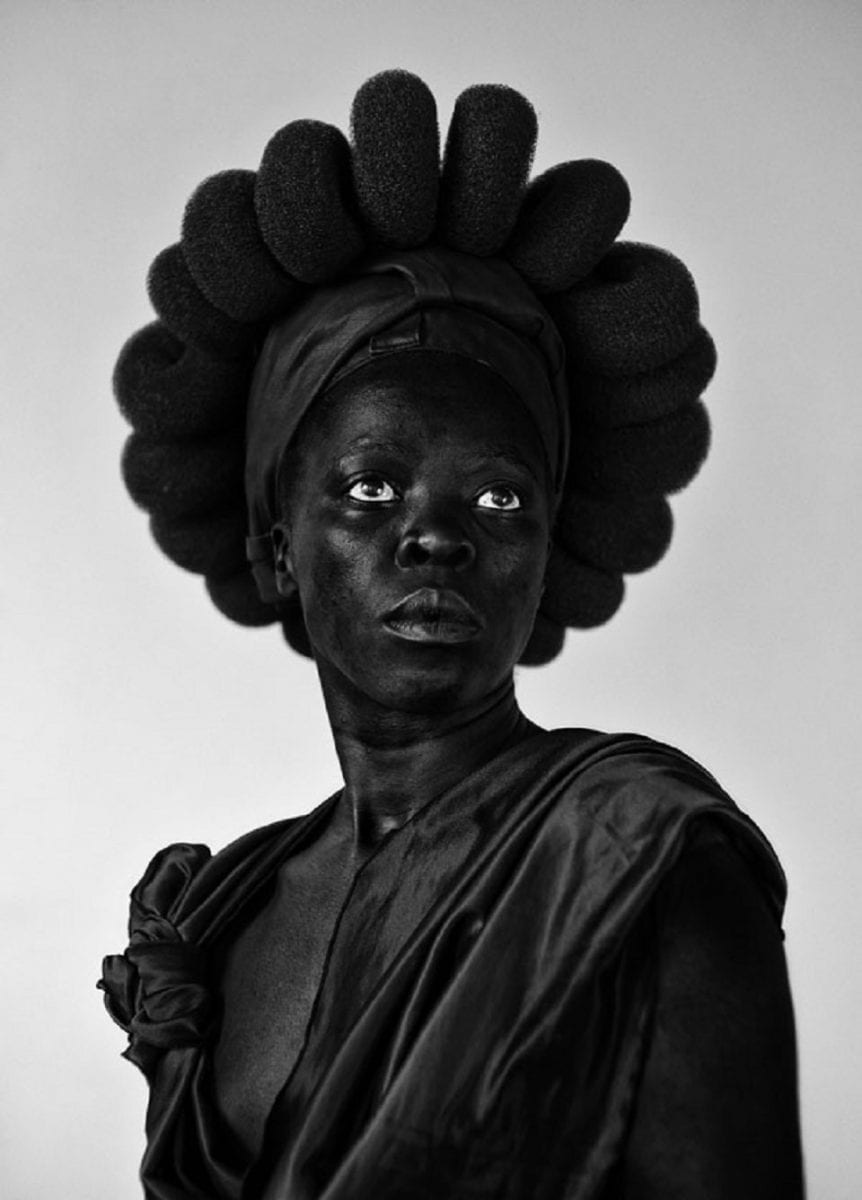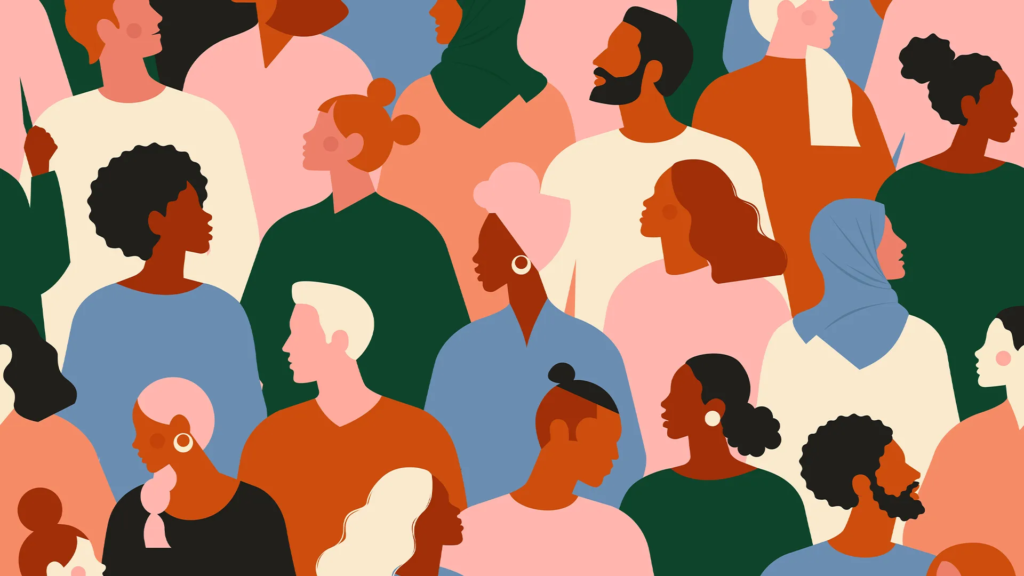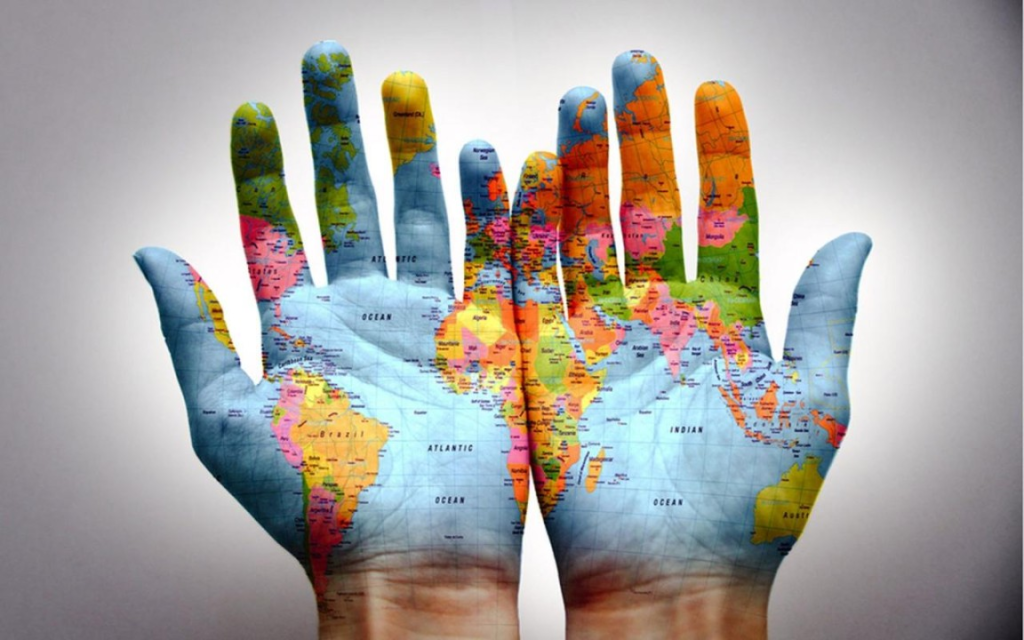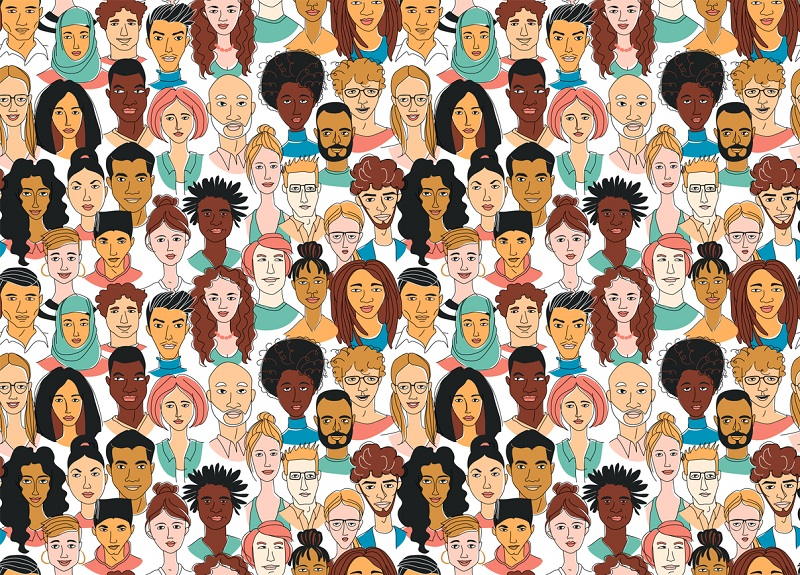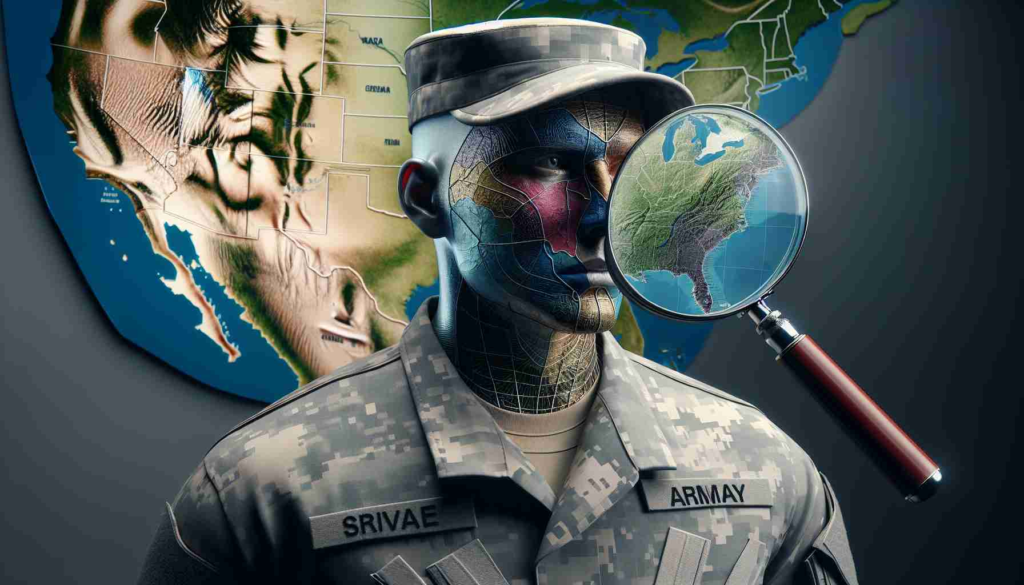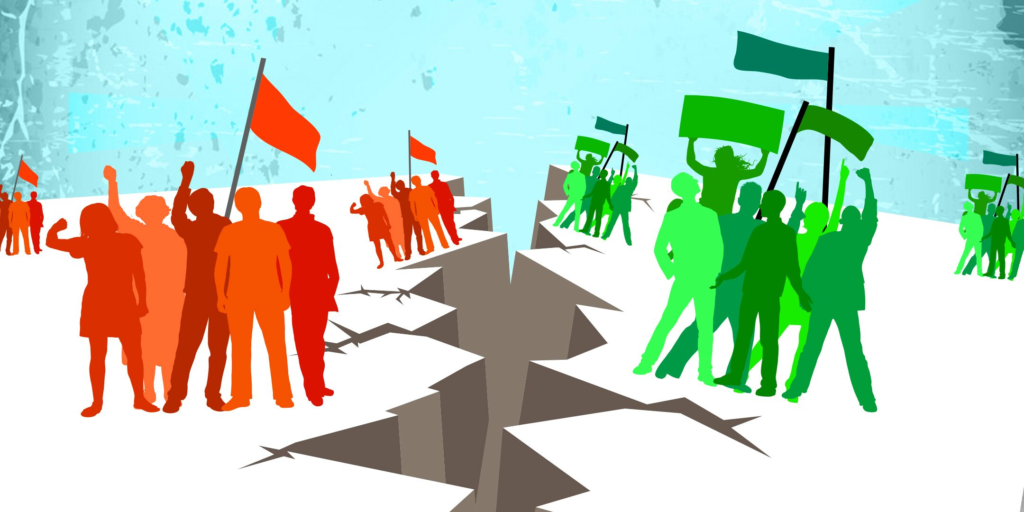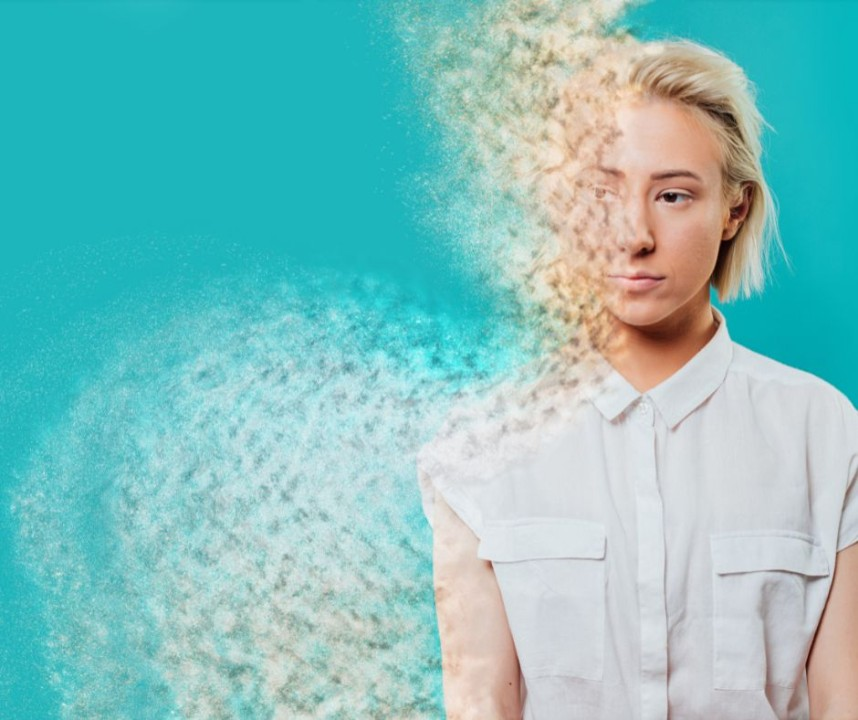

Claude Cahun was born in 1894 and died in 1954. The was multifaceted – a French photographer, sculptor and writer. She is widely famous for her unique, revolutionary and rebellious self portraits that embody personas like weightlifter, aviator, and doll. In 1937 she moved to the island of Jersey with her stepsister and lover – Marcel Moore. She joined the resistance against Nazi Germanys forces during the islands occupation, and was imprisoned and sentenced to death in 1944 – however, the Germans never carried out the sentencing for fear of public outcry, so she narrowly survived. Many of her pieces and photos were seized and destroyed when the Nazis seized her home. The Jersey National trust holds the surviving collection of her art. Her health delined due to the imprisonment and she died in 1954 – her stepsister and parter commited suicide in 1972 – both are buried in St Brelades churchyard.

Her work wasn’t well known at the time – and it might’ve often been ridiculed, she was a cross gender person – and all her pieces challenged gender norms and general societal standards for photography and gender conventions. She used her androgynous look to her advantage by shaving her head and using this to create a sense of confusion and gender neutral appearances – this was almost never before seen.

IMAGE ANALYSIS
The mise-en-scene presents a multi-exposure image of Claude Cahun with a very androgynous, shaved, gender neutral appearance in two different positions – almost looking at each other. The background is dark and chalky. There are no clothes visible. The composition is central, the two faces being on either side of the centre, and the photo is well balanced.
She once explained: “Under this mask, another mask; I will never finish removing all these faces.” This quote may lead me to believe that these two faces may represent different masks – despite them looking the same – therefore it could be linked to some sort of differing emotion, or mood. There is a deep personal tension in the photo – and the name of the photo: Que Me Vas Tu? (What do you want from me) could indicate that the two headed creature present in the image is some sort of metaphor for a splitting of identities. In her case she is presenting herself as gender neutral as there are no clear characteristics between male and female.
The photo is clearly taken on a film camera – as was the only method of the time. And has a high level of grain. There is a harsh contrast and the eyes are almost a solid black. Similarly, the whites are a sharp and crisp solid white, with not much texture in the lighting. The background however is rich in texture and almost appears to be some sort of chalk board or similar.
I believe in this image she could be trying to make a statement on some sort of duality – for example, the duality of personalities of identities, the duality of male vs female. This is backed up by other things in the image like the duality of the black background against the harsh white skin (binary opposition).
WWII Activism
During WWII, Claude Cahun and her partner Marcel Moore did some really brave resistance work against the Nazis who occupied Jersey. They used their artistic and writing skills to fight back by creating anti-Nazi leaflets. What’s really cool is that they wrote the messages in German so the soldiers could read them, and they left them in sneaky places like soldiers’ pockets or around the island. This made it seem like there was a big underground movement, even though it was just the two of them.
Eventually, though, the Nazis figured out what they were doing, and in 1944, Cahun and Moore were arrested. They were sentenced to death, but luckily the sentence wasn’t carried out. Still, they were thrown in prison, and the experience really messed up Cahun’s health. Even though their resistance wasn’t super well-known at the time, what they did was super inspiring. It shows how creative resistance can be really powerful, even if it’s just a small group of people standing up to something so terrible.
What’s really inspiring about Cahun and Moore’s resistance is how creative and fearless they were, even though they were basically on their own. They didn’t just sit back and accept what was happening—they took real risks to stand up to the Nazis. It wasn’t just about passing out leaflets either; their messages were psychological warfare. They wanted to make the soldiers question what they were doing, and that’s such a smart and unique way to resist. They didn’t have weapons or an army, but they had their words and ideas, and they used them to fight back. It’s honestly amazing that two people could cause so much trouble for the occupiers with just some paper and a lot of courage.
